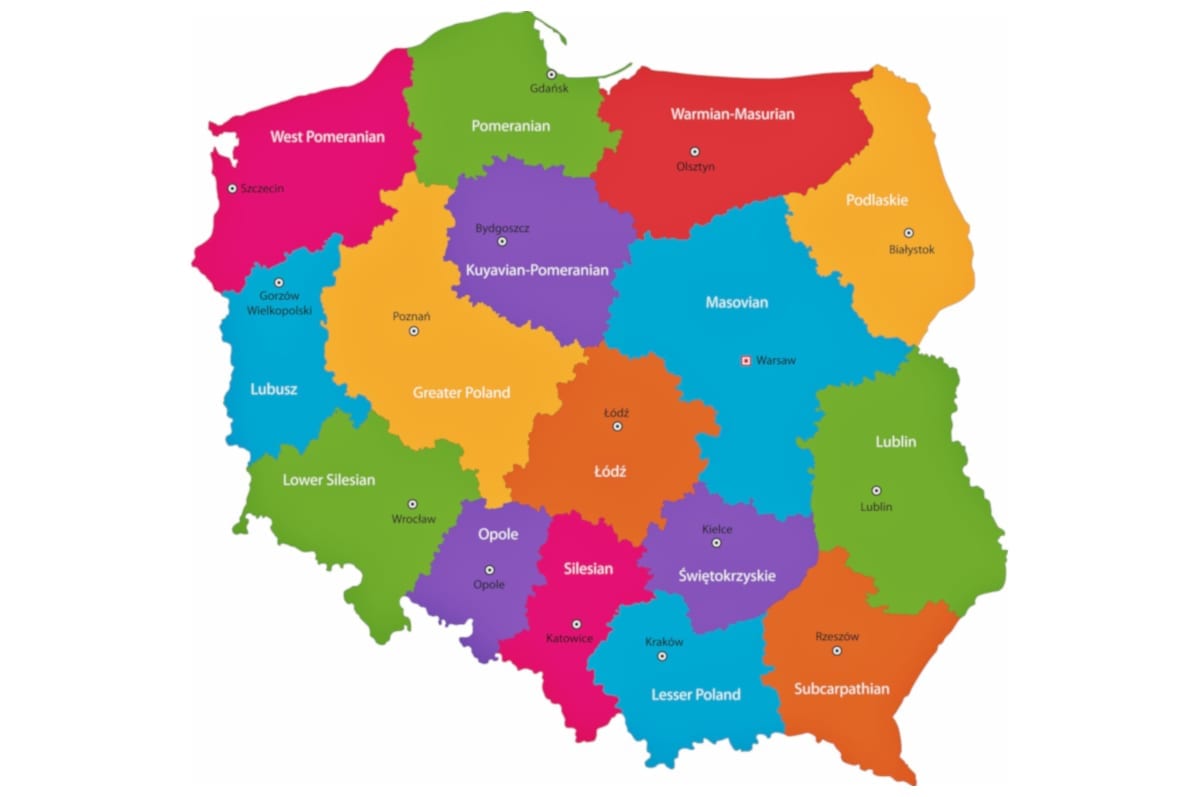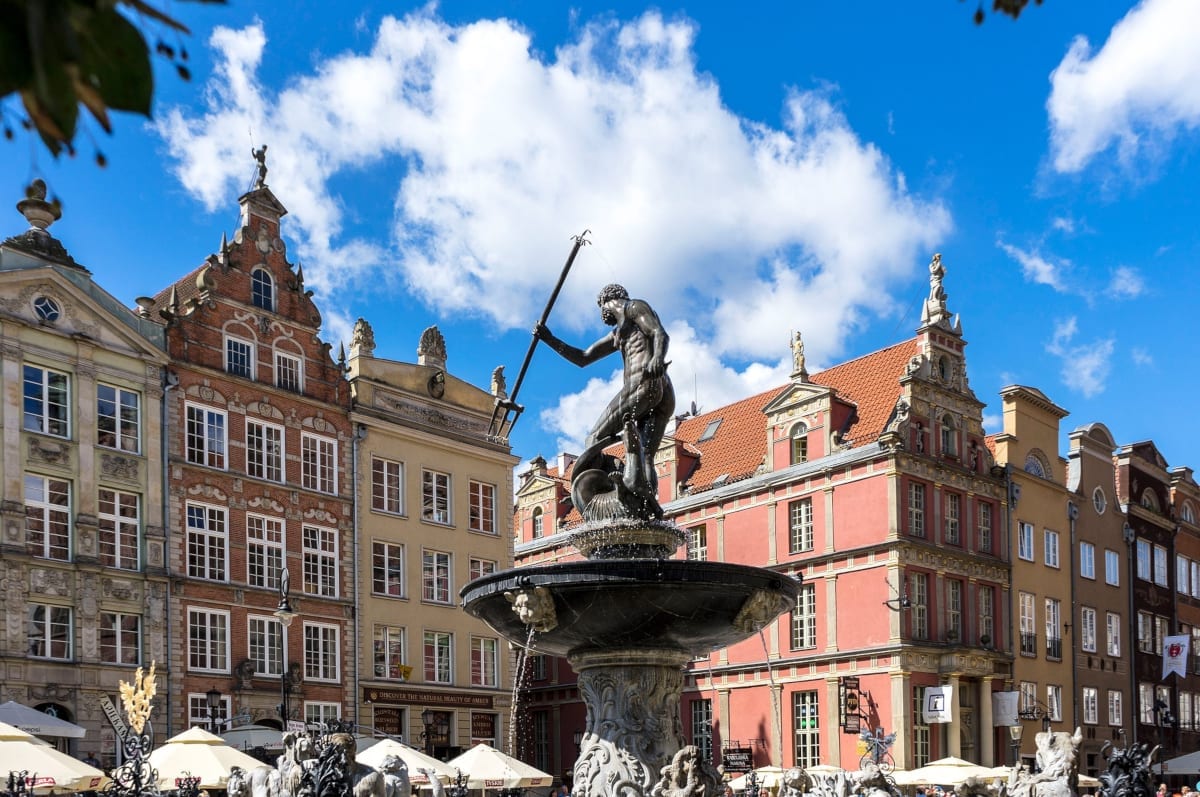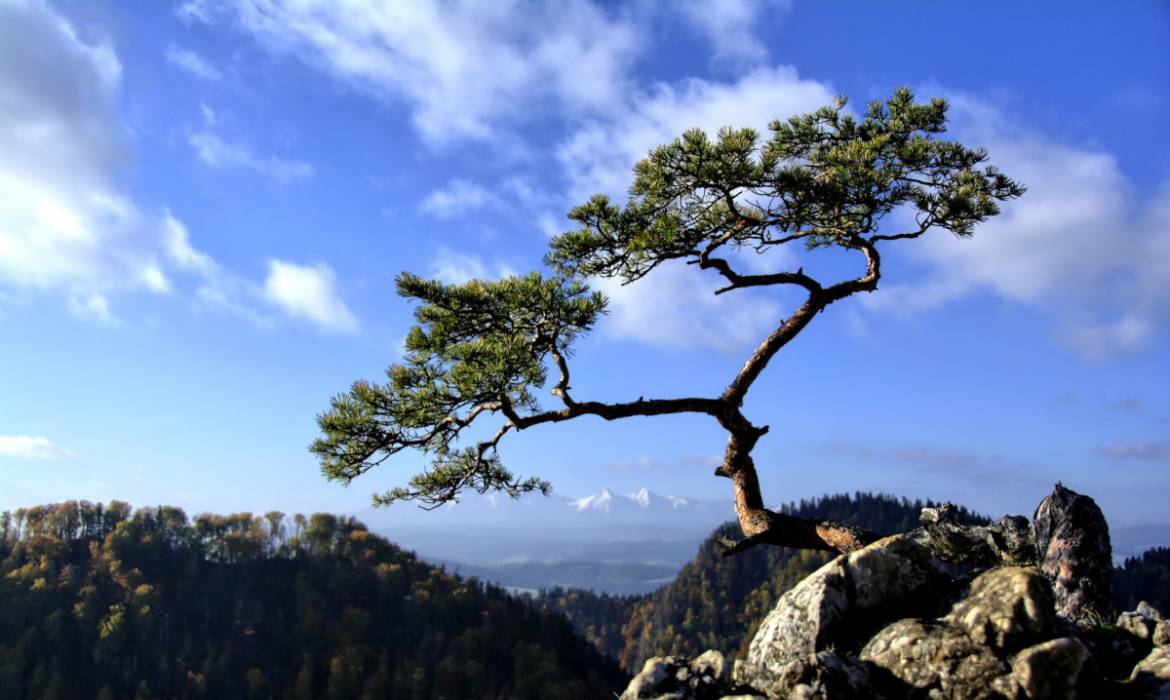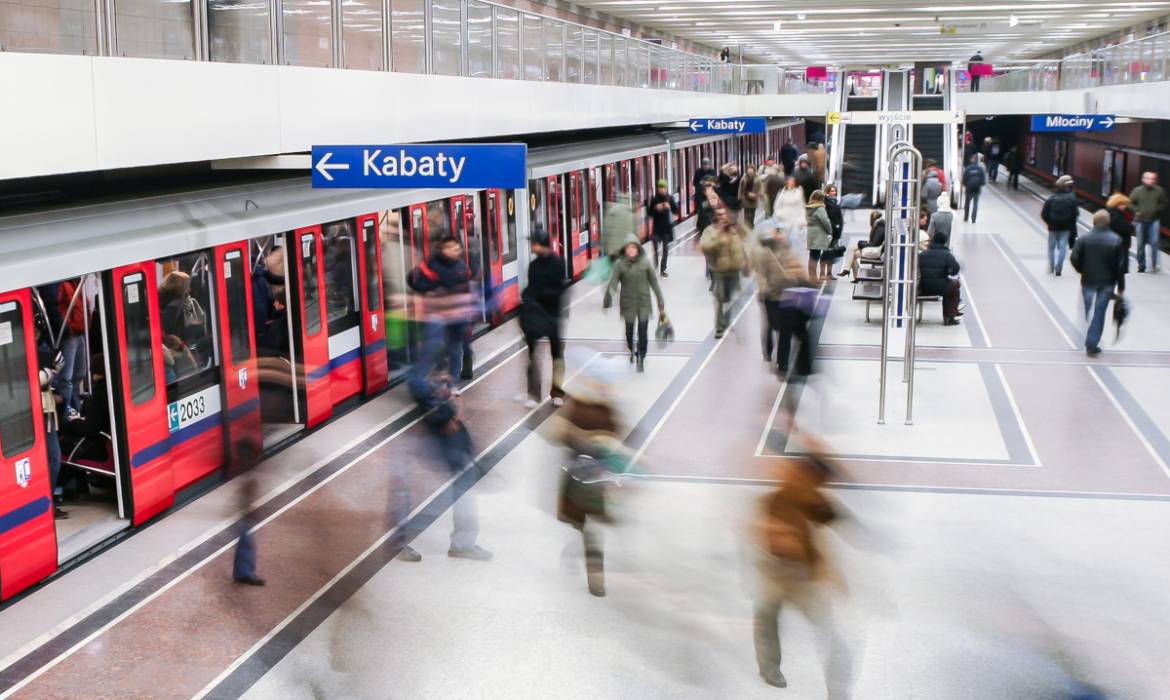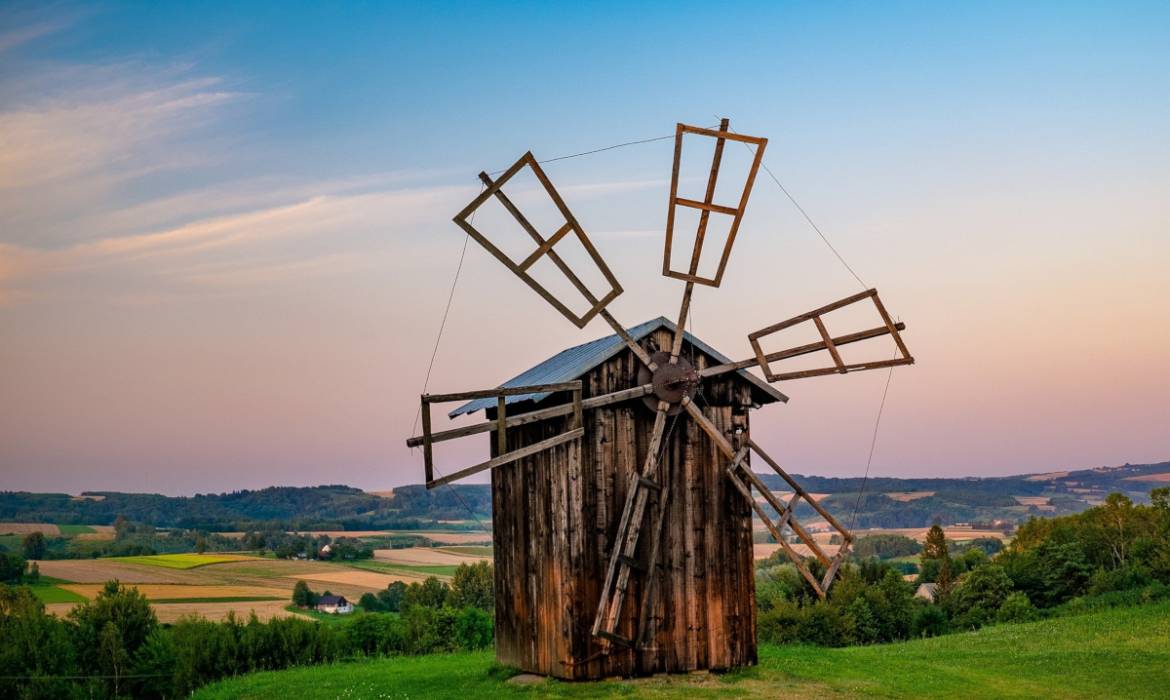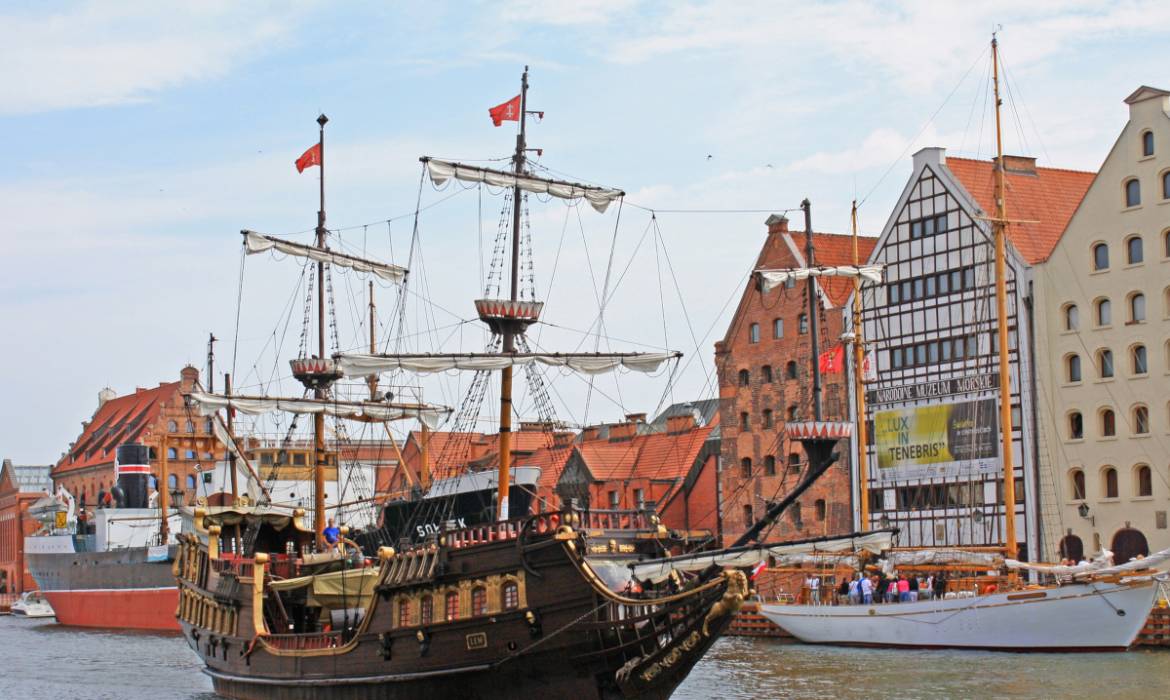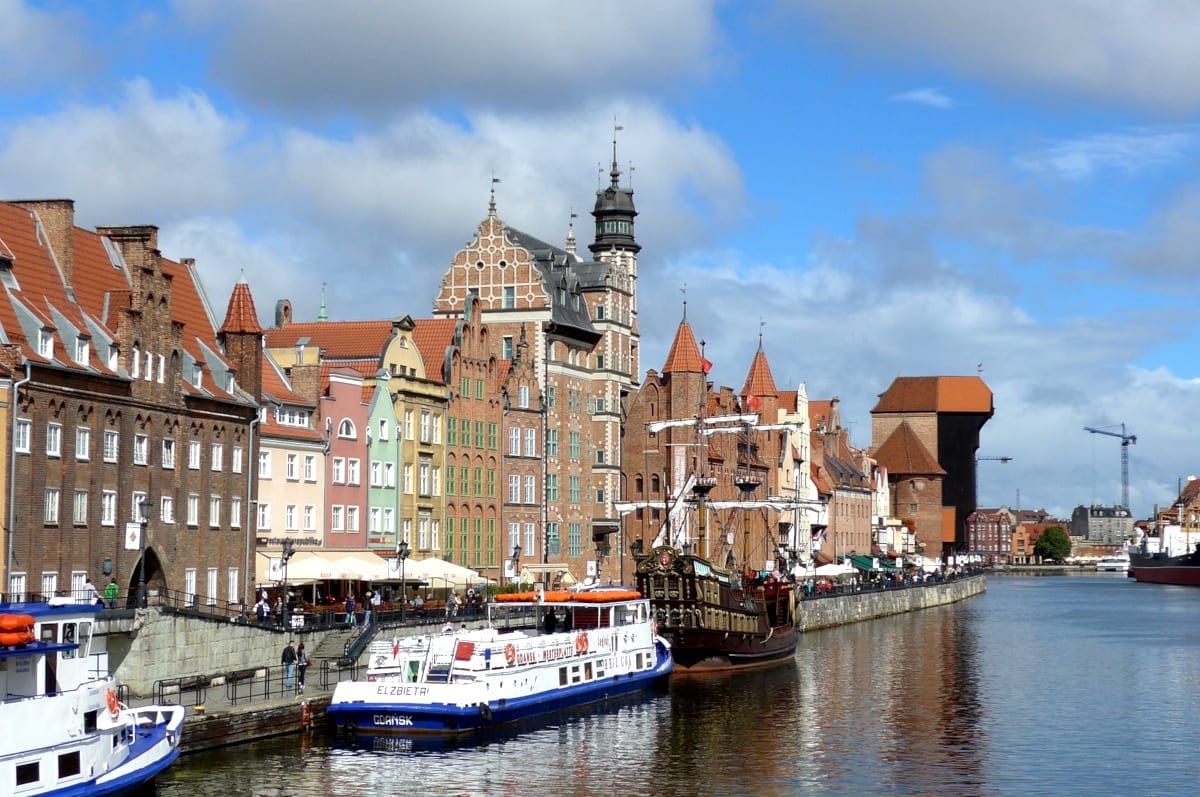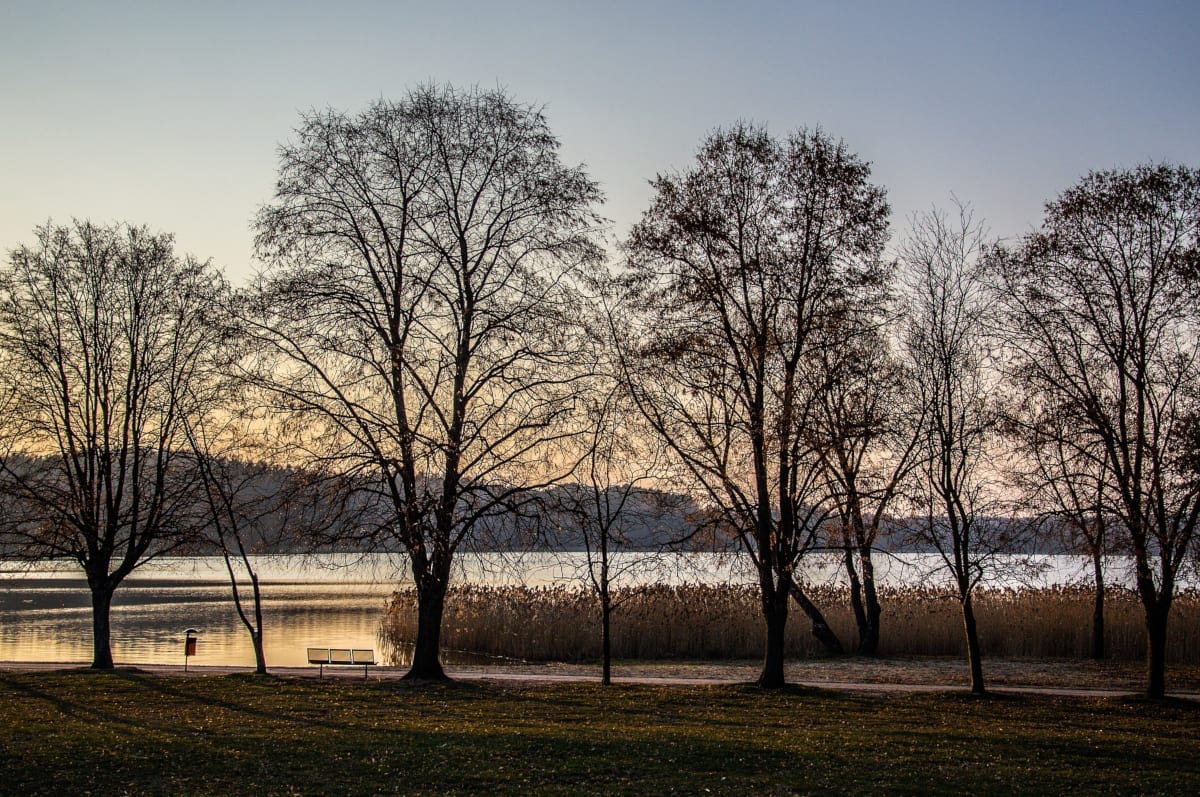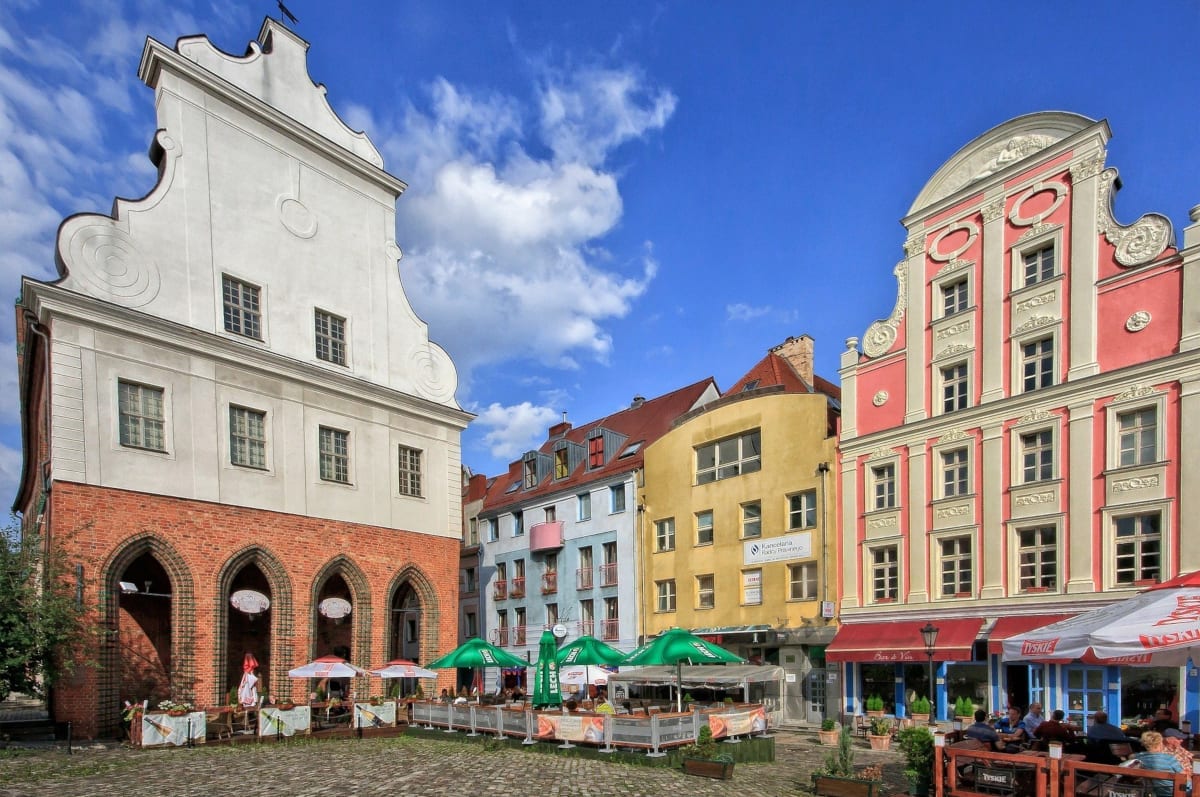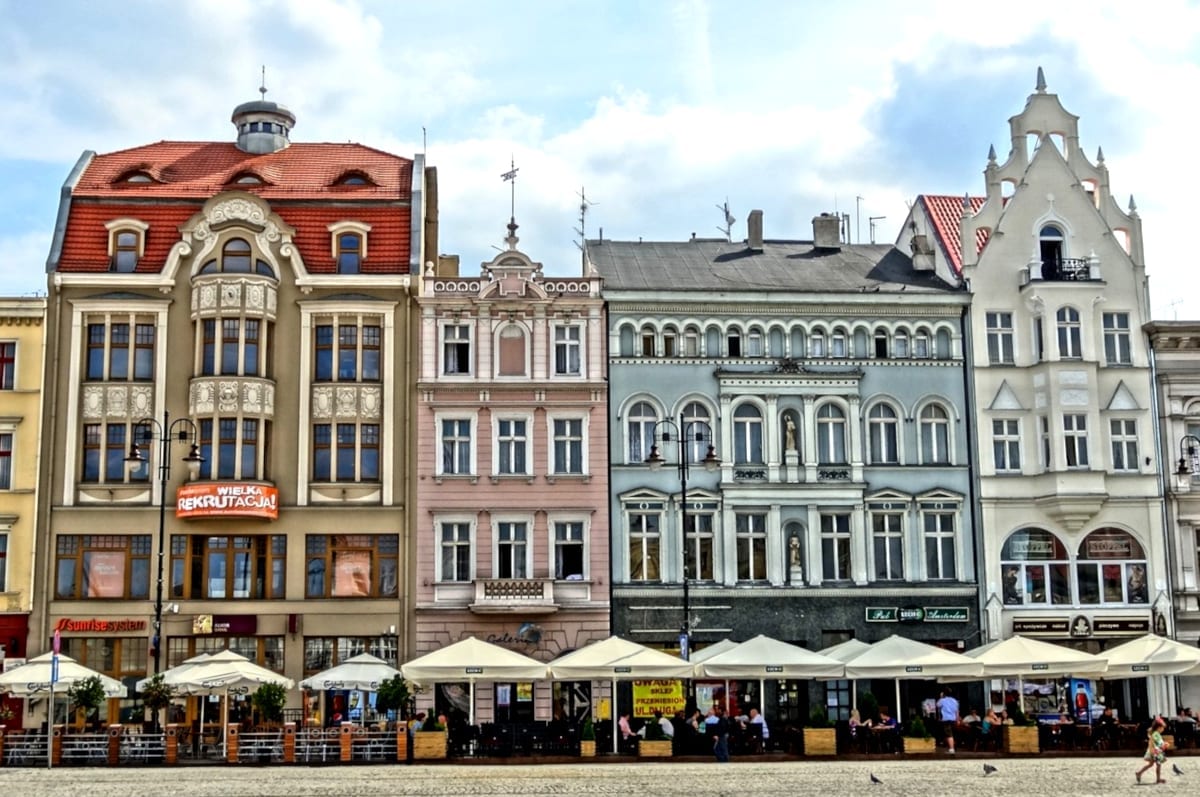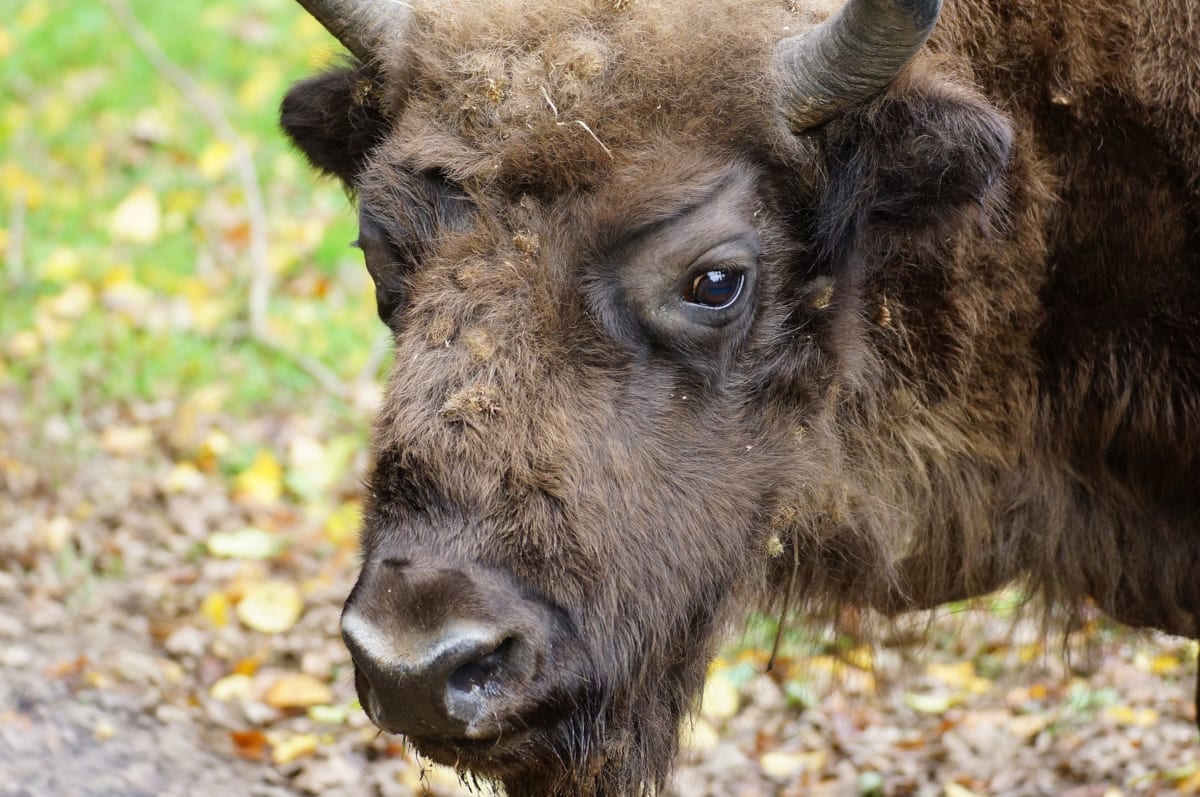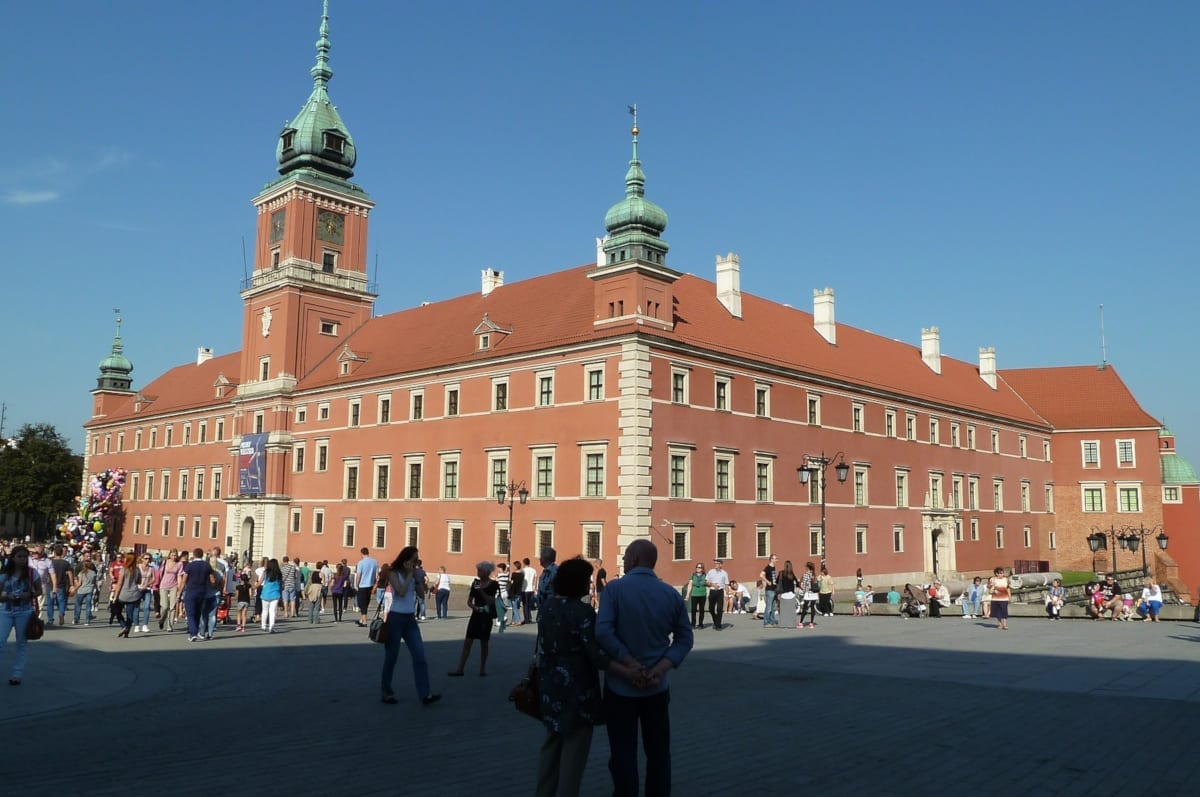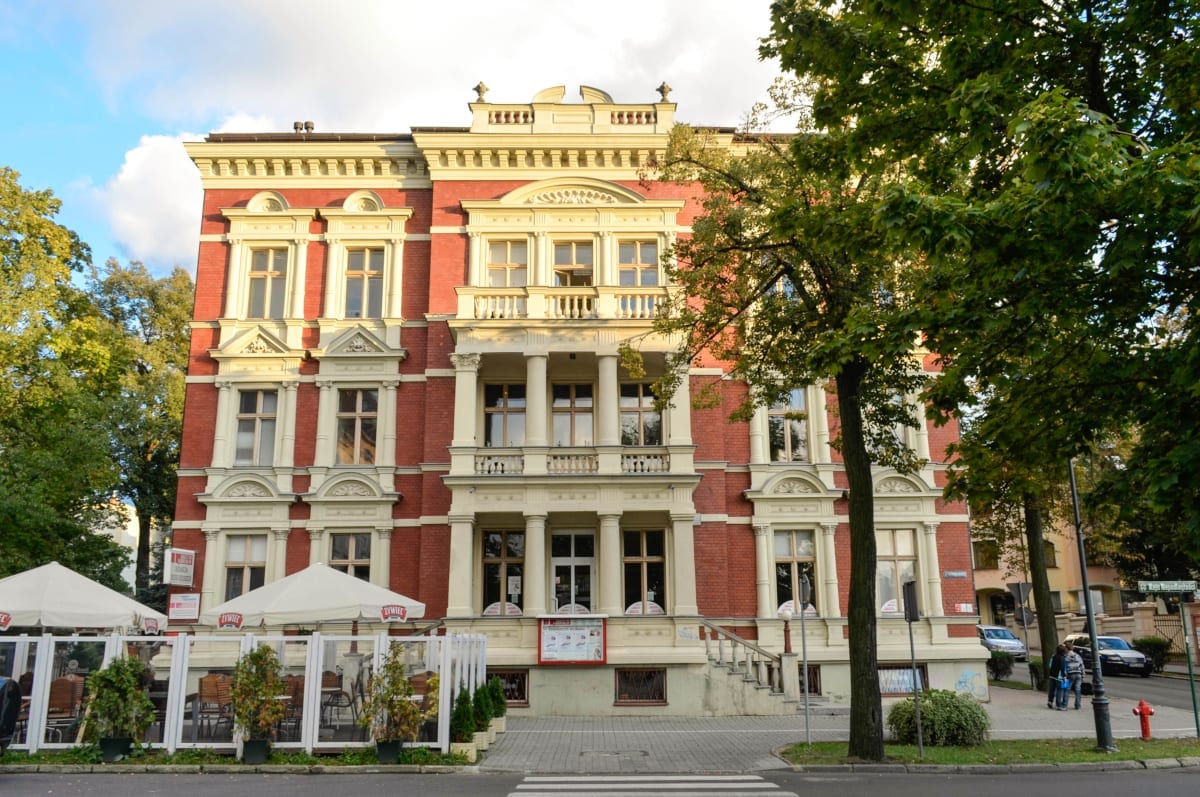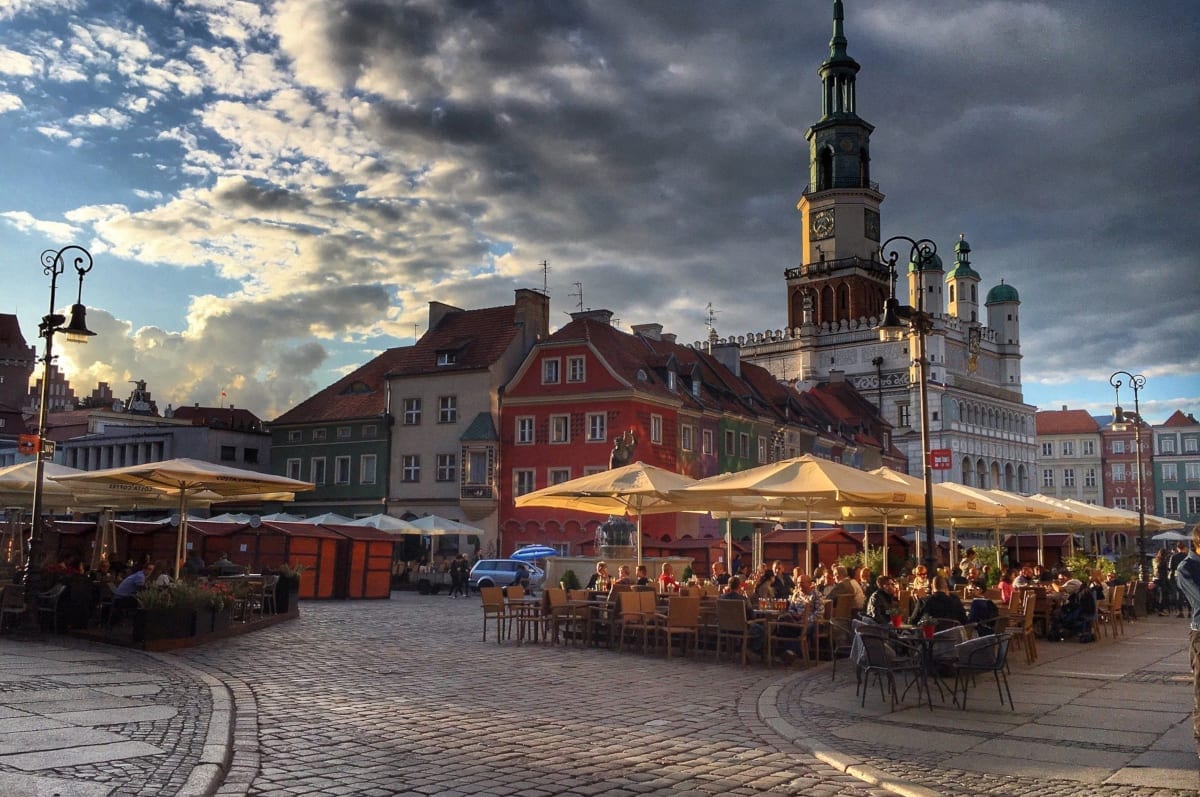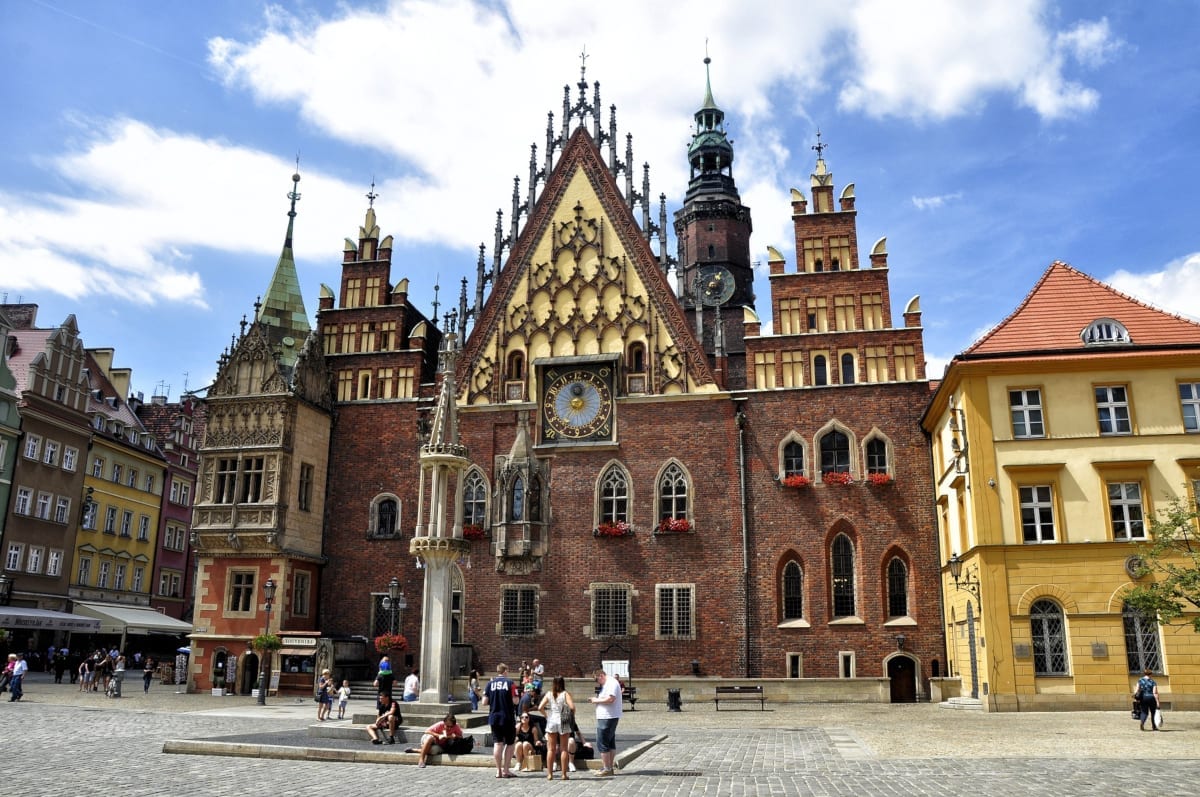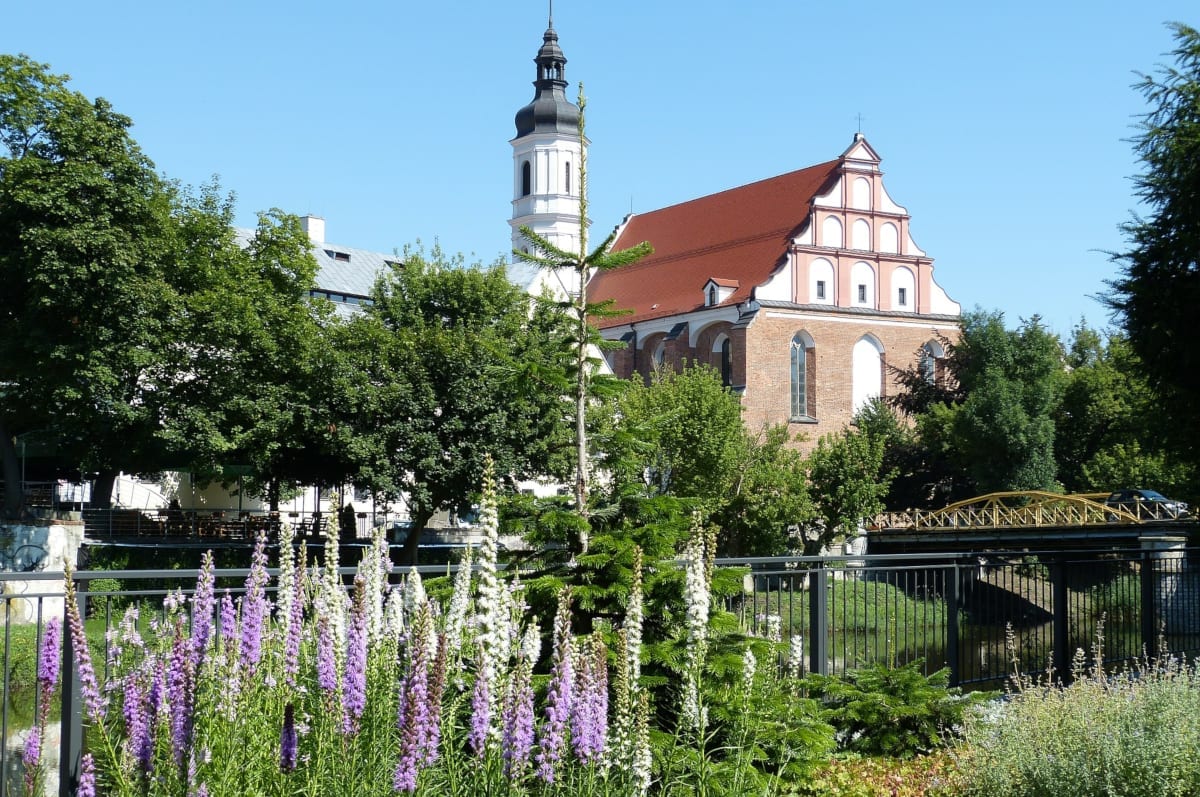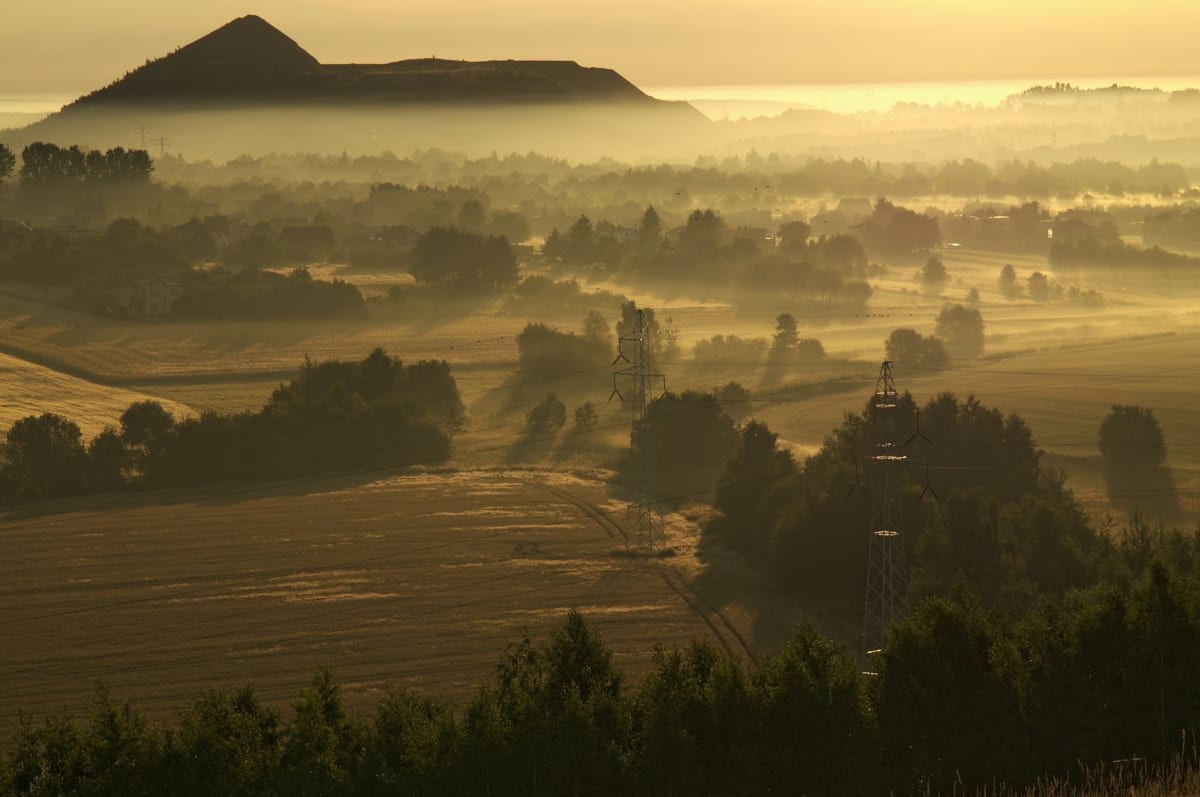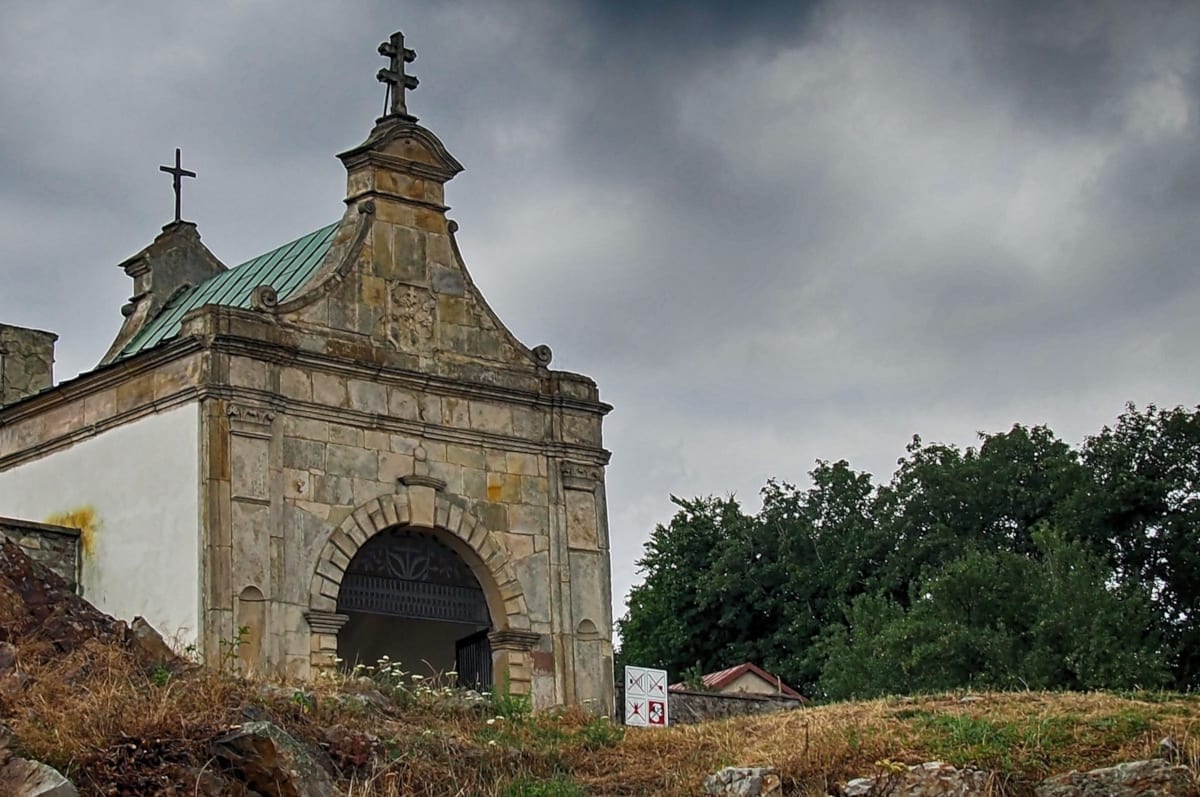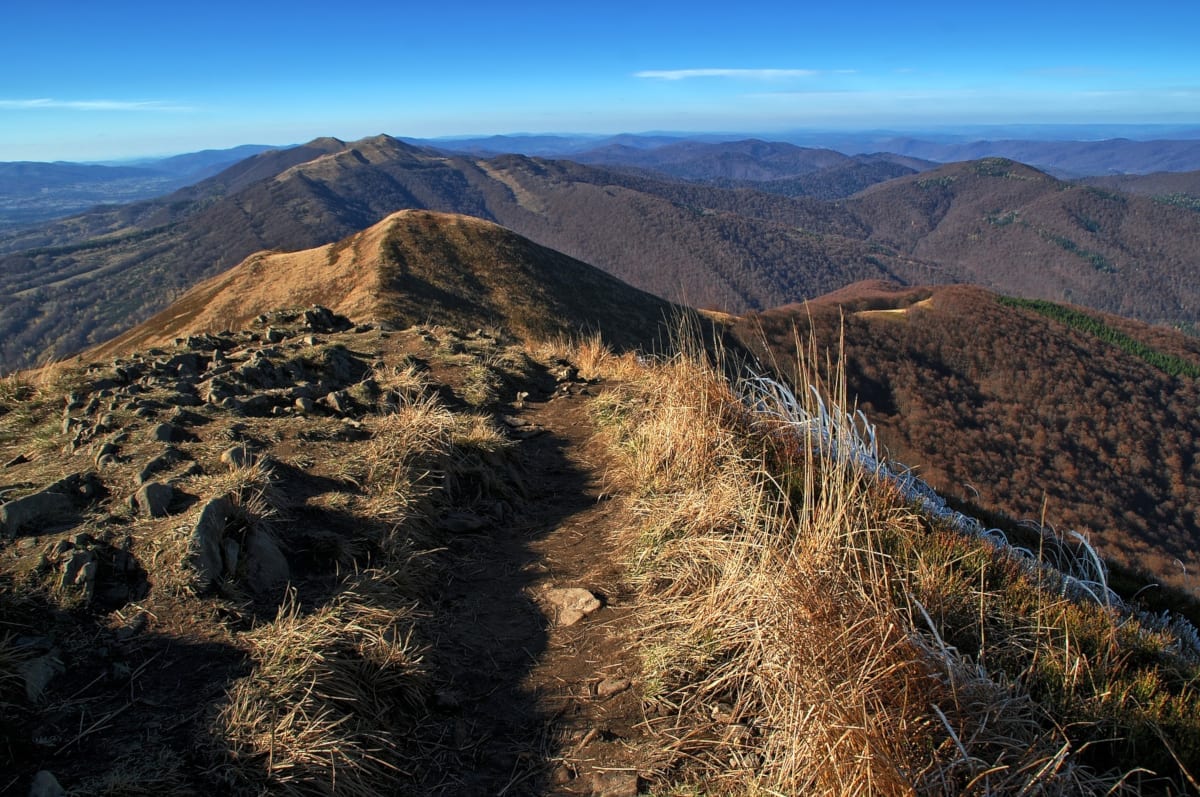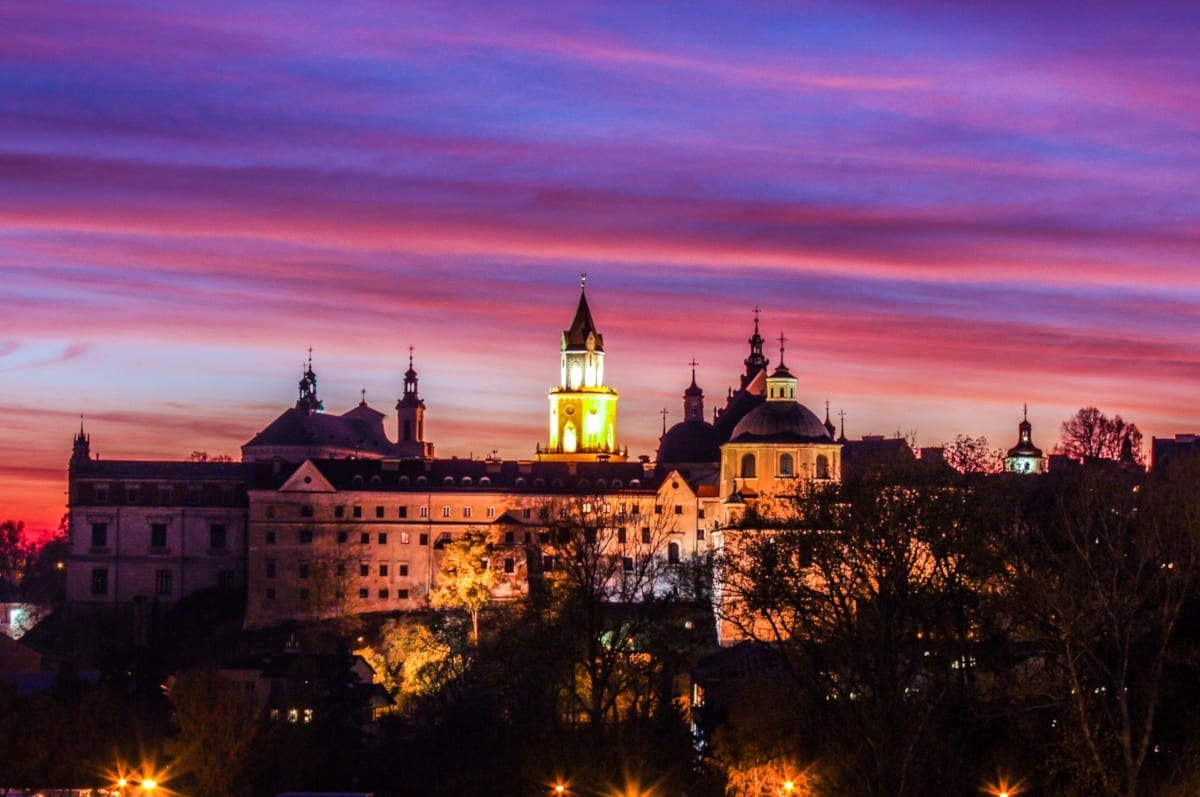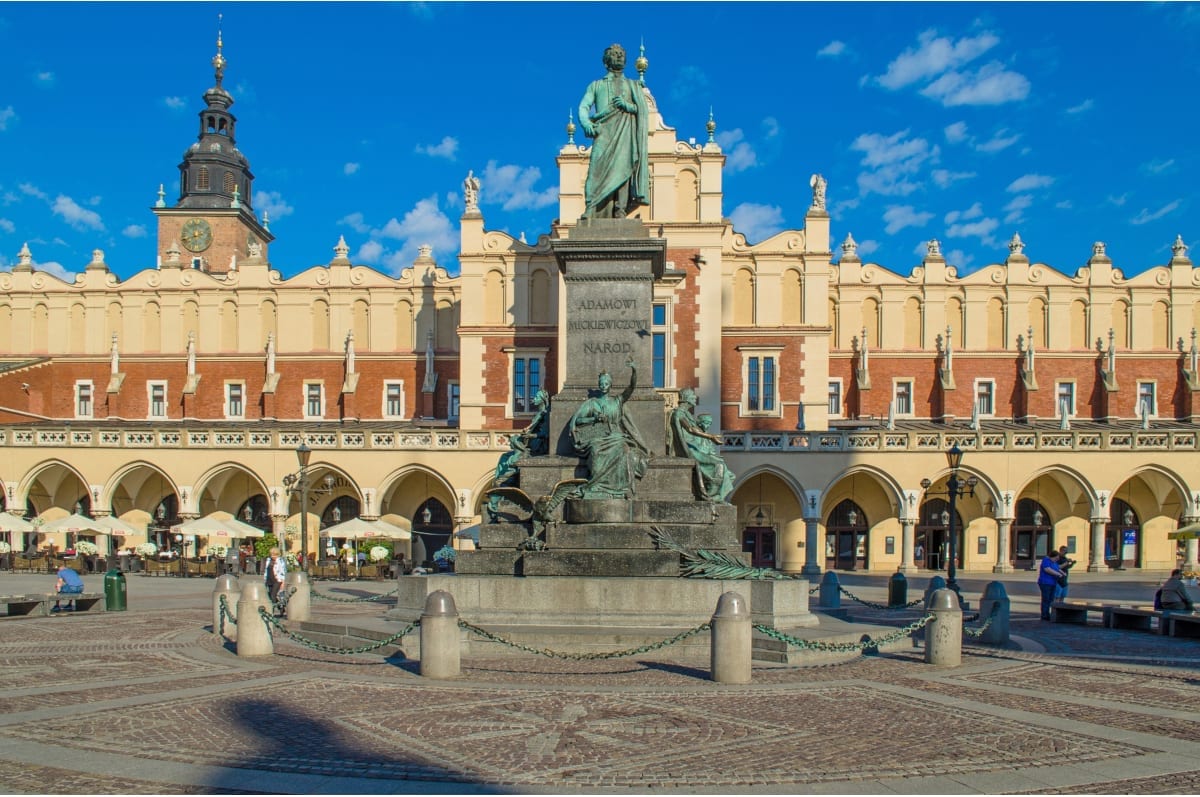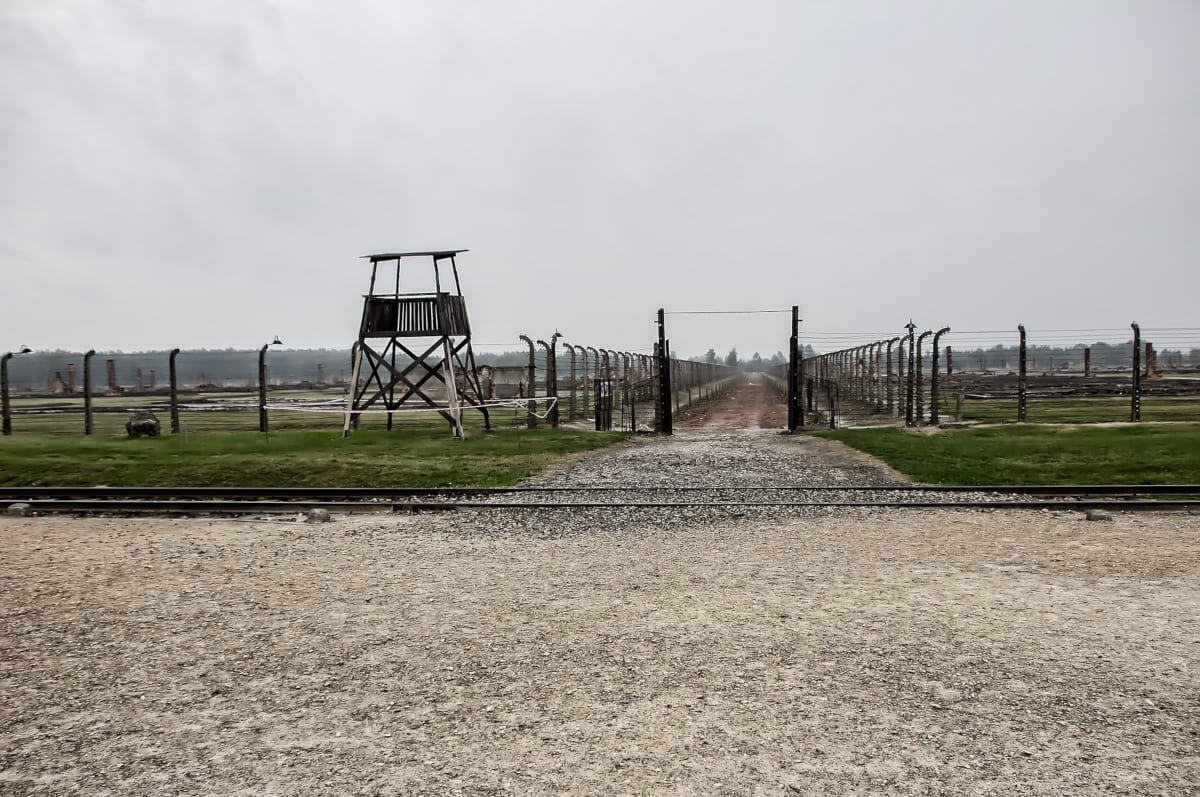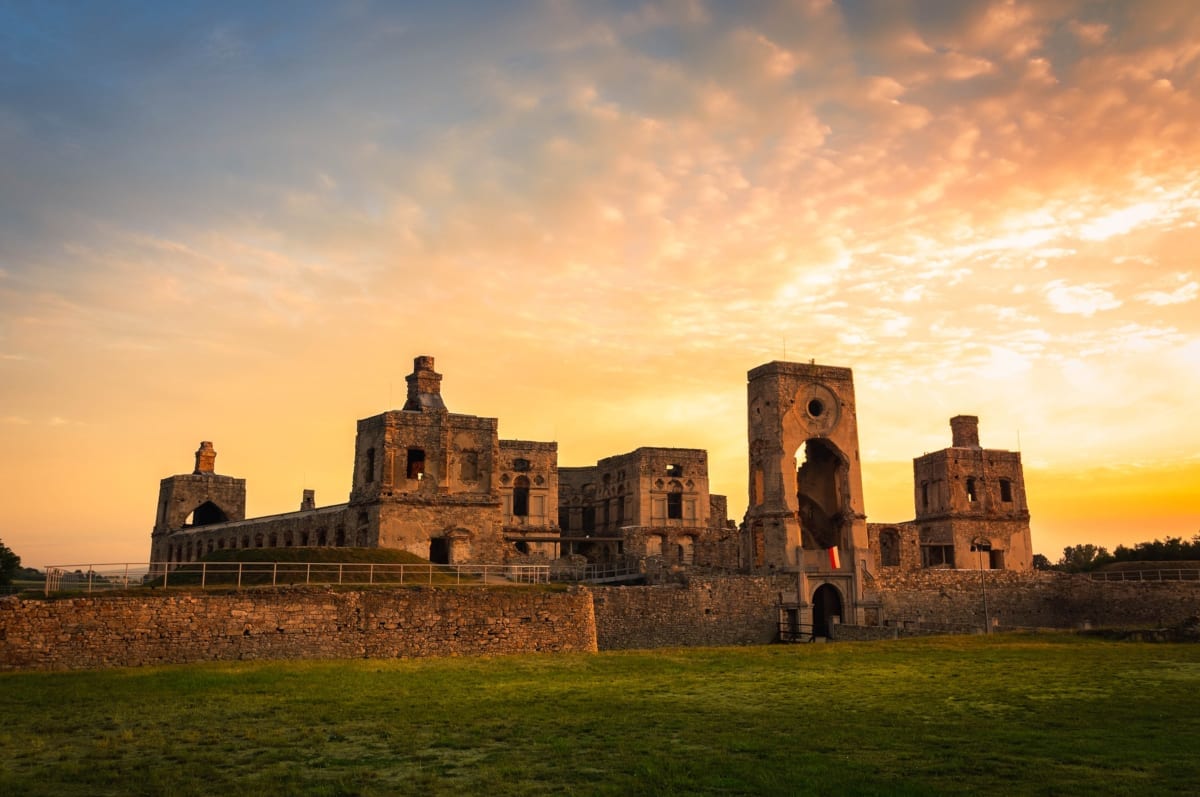Sixteen regions
Poland is divided into 16 administrative regions, known as voivodeships. These regions vary in terms of geography, culture, and history, making each one unique and worth exploring.
In the north, the Pomeranian Voivodeship is known for its coastal towns and beaches, as well as the historic city of Gdańsk. The Warmian-Masurian Voivodeship is known for its picturesque lakes, forests and historic towns like Olsztyn and Reszel.
The Masovian Voivodeship is home to the country’s capital, Warsaw, as well as the historic city of Radom. The Lesser Poland Voivodeship is known for its picturesque mountain ranges and the city of Krakow, which is a UNESCO World Heritage site.
The Subcarpathian Voivodeship is known for its beautiful mountain landscapes, as well as the historic city of Rzeszów. The Podkarpackie Voivodeship is known for its natural beauty, including the Bieszczady Mountains, and the city of Przemyśl, known for its rich history and architecture.
The Świętokrzyskie Voivodeship is known for its natural beauty, including the Świętokrzyskie Mountains and the historic city of Kielce. The Lublin Voivodeship is known for its historic towns, including the city of Lublin, which is known for its rich cultural heritage and architecture.
Diverse Opportunities
The Lubusz Voivodeship is known for its picturesque landscapes, including the Lubusz Landscape Park, and the historic city of Gorzów Wielkopolski. The Lower Silesian Voivodeship is known for its historic cities, including the city of Wrocław.
The Opole Voivodeship is known for its picturesque landscapes, including the Opawskie Mountains, and the historic city of Opole. The Greater Poland Voivodeship is known for its historic towns, including the city of Poznań, known for its rich cultural heritage and architecture.
The Kuyavian-Pomeranian Voivodeship is known for its picturesque landscapes, including the Vistula River, and the historic city of Toruń, which is a UNESCO World Heritage site. The West Pomeranian Voivodeship is known for its picturesque landscapes, including the Szczecin Lagoon and the historic city of Szczecin.
The Silesian Voivodeship is known for its industrial heritage and the city of Katowice, which is the cultural capital of the region. The Łódź Voivodeship is known for its textile industry and the city of Łódź, which is known for its rich cultural heritage and architecture.
Overall, Poland offers a wide range of destinations, from historic cities to natural landscapes, with a rich culture, history and architecture. Each region has something unique to offer and is worth exploring.
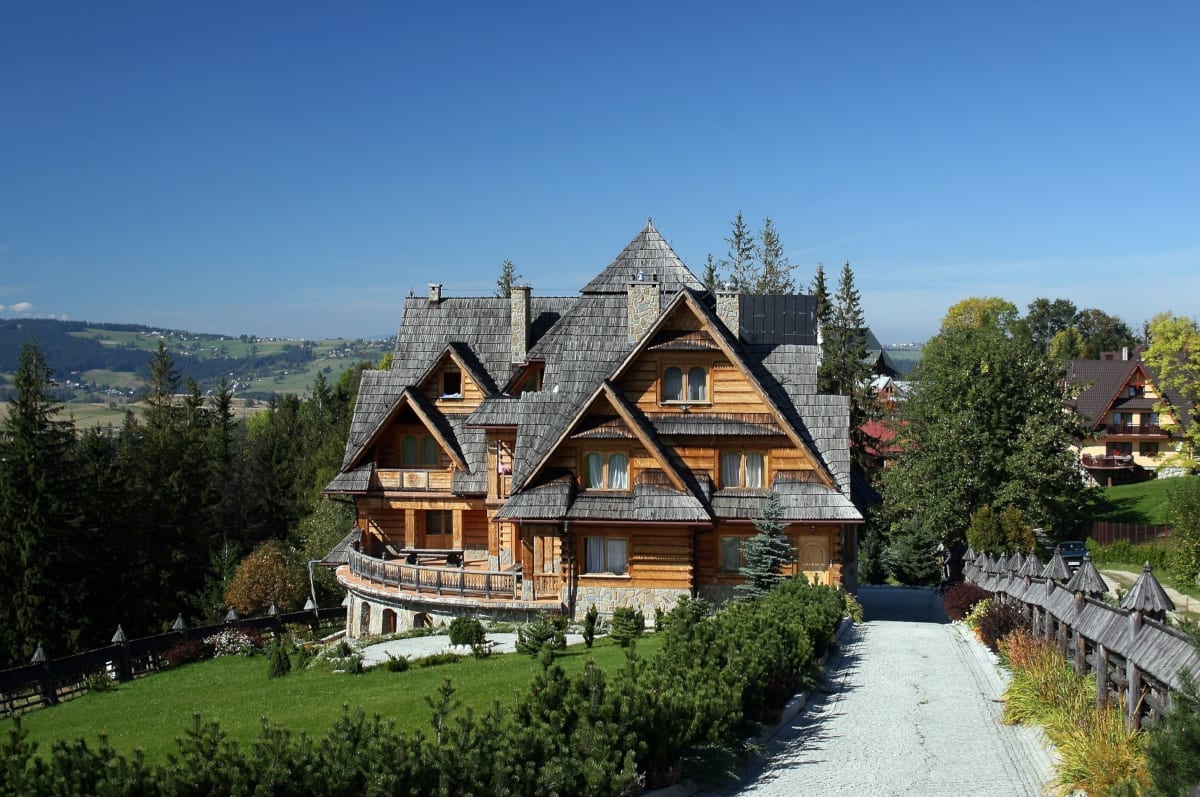
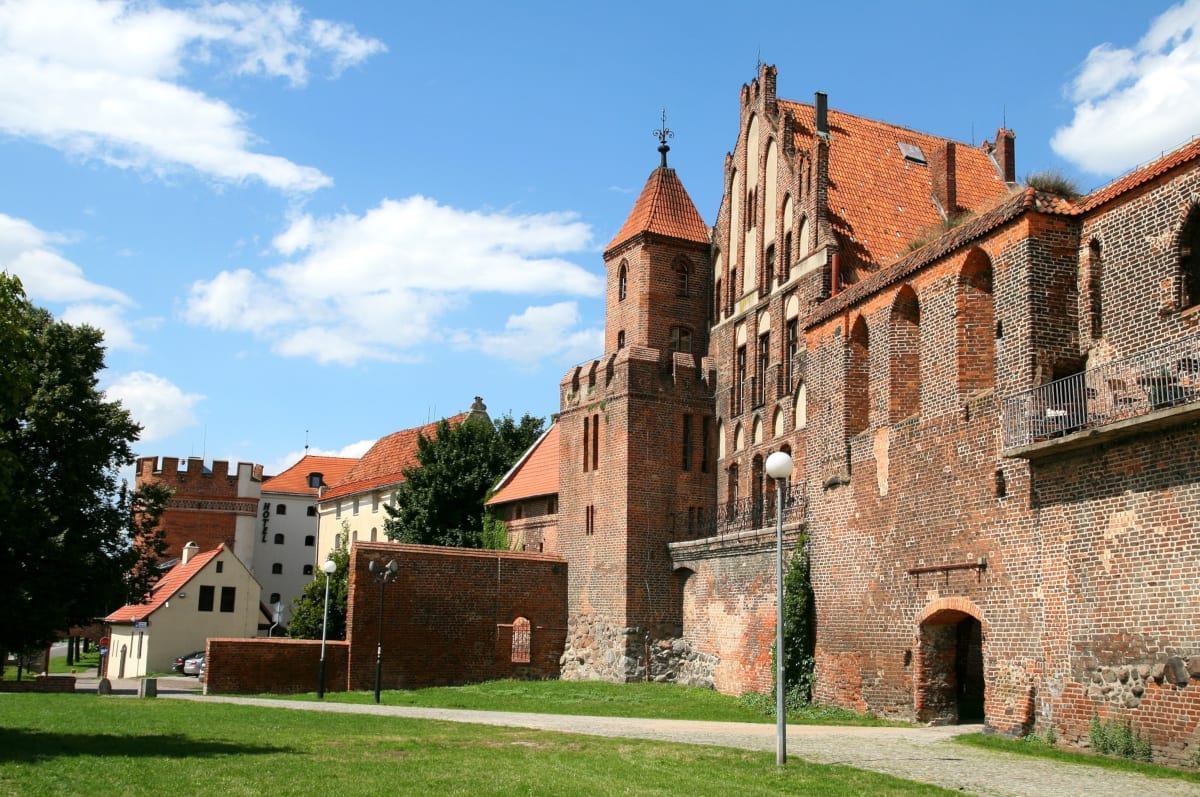

Welcome to the ‘Love Poland’ community where you will find amazing images, further information about the regions of Poland and much more…






Travel forums, holiday packages, restaurant guides, things to do and much, much more…



